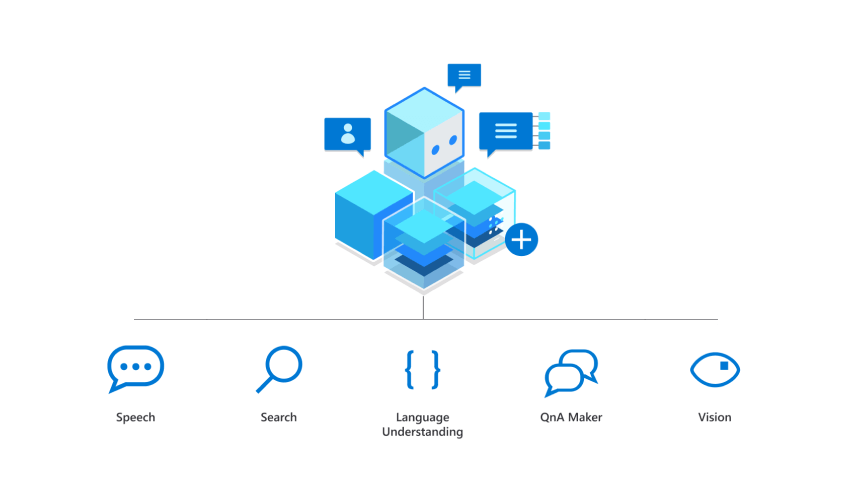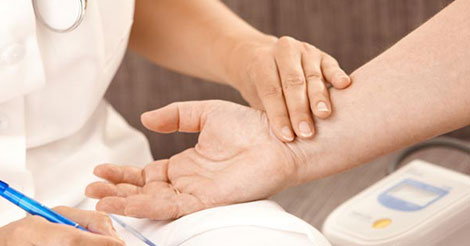Retainers are custom-made devices your specialist prescribes after orthodontic treatment, such as braces. Wearing retainer Flushing can be annoying, but it is a mild inconvenience compared to going through the entire process of braces. Retainers hold your teeth in place, preventing them from shifting to their original position. Although teeth-straightening is the most visible part of orthodontic treatment, retainers play a significant role too. Your orthodontist may prescribe one of the following retainers after you have had braces or Invisalign for several months.
Clear plastic retainers
Clear plastic retainers or molded retainers are designed to fit perfectly into the new position of your teeth. They have become popular in recent years because they are not noticeable – they resemble Invisalign products. Most adults or teenagers who may be self-conscious benefit from clear plastic retainers.
Hawley retainers
These are traditional retainers made of plastic and wire; they are the removable kind, meaning you can take them out for cleaning or eating. But that doesn’t make them less critical for you to wear and adhere to your orthodontist’s instructions. Hawley retainers are sculpted to the contours of your mouth and are also durable and effective. However, they may feel invasive at first and may affect your speech pattern in the early days. Once you get used to having the retainer in your mouth, the effect tends to go away. Some patients may dislike Hawley retainers because they are more visible than other retainers.
Permanent retainers
Permanent retainers, also known as bonded or fixed retainers, are permanently attached to the back of your front teeth after you remove your braces. Your orthodontist may have you use fixed retainers for several months after treatment before moving to another type. Most patients prefer bonded retainers because they are invisible to others; however, they can also be uncomfortable.
What happens if I don’t wear my retainer?
Your teeth move throughout your life, and if you have had braces, you may know that your teeth’s location is subject to change based on age and wearing orthodontic appliances. After wearing braces, your teeth may straighten, but that doesn’t mean they will remain in that position. If you don’t wear retainers, your teeth will shift back to their old placement, and you may need to wear orthodontic intervention again. It is also essential to follow your orthodontist’s instructions; for example, skipping wearing your retainers for weeks or months causes your teeth to shift, and your retainer may not have a proper fit.
How to keep your retainers clean
Clean retainers mean healthy teeth; in the case of removable retainers, keeping them clean may extend their lifetime. If you have a bonded or permanent retainer, you need to floss your retainer and the front of your teeth. You may have some difficulties during the first few days, but you will get it. While brushing your teeth pay attention to your retainers to remove any food particles and plaque build-up. If you have a removable retainer, clean it with warm water each time you remove it.
If you need a retainer, visit your orthodontist at House of Braces to prevent your teeth from shifting to their previous position.










